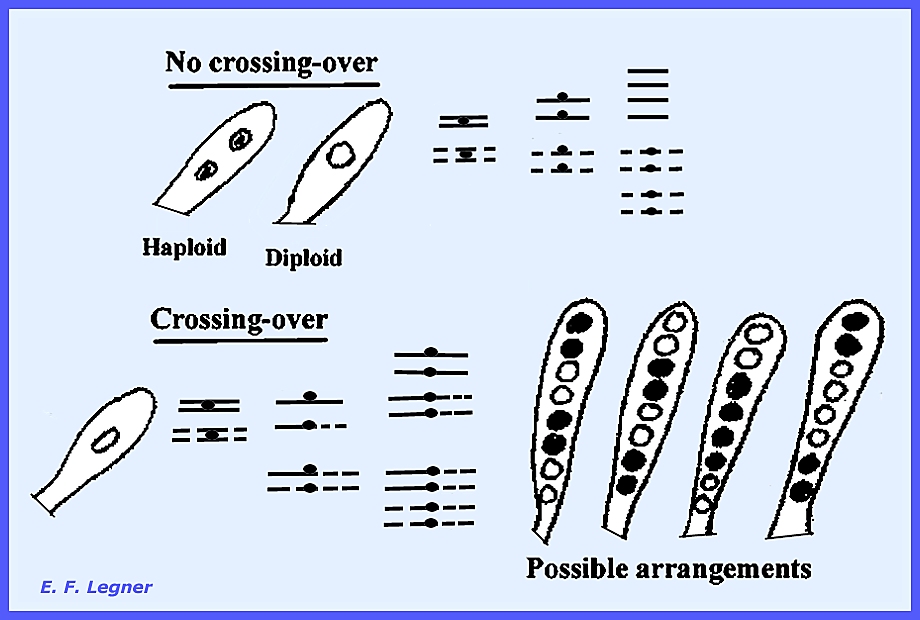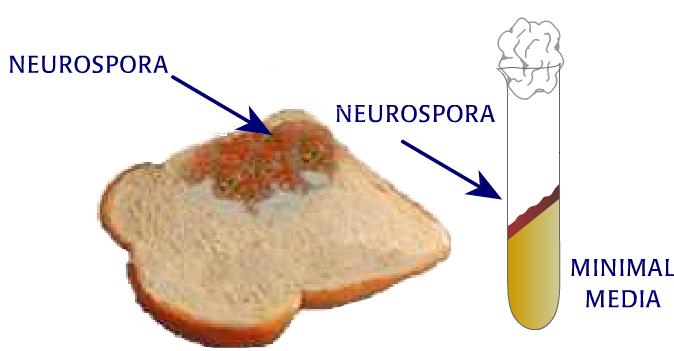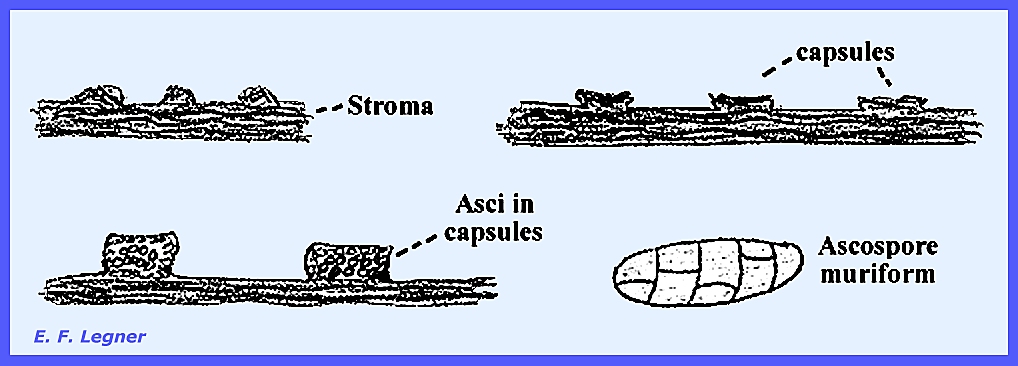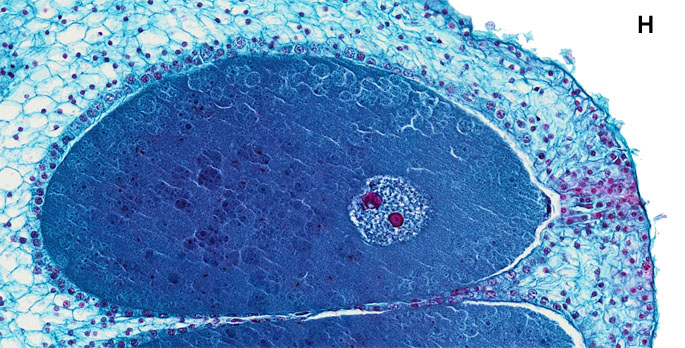Are cleavage anomalies, multinucleation, or specific cell cycle kinetics observed with time-lapse imaging predictive of embryo developmental capacity or ploidy?

70480. 70486. 86001. 86003. 86005. 86021. 86022. 86023. 86038. 86039. 86060. 86078. 86147. 86148. 86152. 86153. 86155. 86156. 86157. 86160. 86161. 86162. 86171. 86185. 86200. 86215. 86225. 86226. 86235

Start studying Biology Chapter 13. Learn vocabulary, terms, and more with flashcards, games, and other study tools.
Start studying AP Bio Ch. 27 post test. Learn vocabulary, terms, and more with flashcards, games, and other study tools.
Speciation is the evolutionary process by which populations evolve to become distinct species.The biologist Orator F. Cook coined the term in 1906 for claenesis, the splitting of lineages, as opposed to anagenesis, phyletic evolution within lineages.
64. Crataegus Linnaeus, Sp. Pl. 1: 475. 1753; Gen. Pl. ed. 5, 213. 1754. Hawthorn, aubépine [Greek Krataigon, thorn, from Greek kratos, strength, and akis, sharp tip, alluding to thorns of some species]
Sperm: Sperm, male reproductive cell, produced by most s. With the exception of nematode worms, decapods (e.g., crayfish), diplopods (e.g., millipedes), and mites, sperm are flagellated; that is, they have a whiplike tail.
What is the difference between Sexual and Asexual Reproduction? Sexual reproduction is a bi-parental process. Asexual reproduction is a uni-parental process



Adrenal gland and paraganglia – Neuroblastoma. Clinical features depend on location / extent of tumor Severe ill health, malnourishment, pain all suggest metastatic disease





Polyploid types are labeled according to the number of chromosome sets in the nucleus.The letter x is used to represent the number of chromosomes in a single set.. triploid (three sets; 3x), for example seedless watermelons, common in …